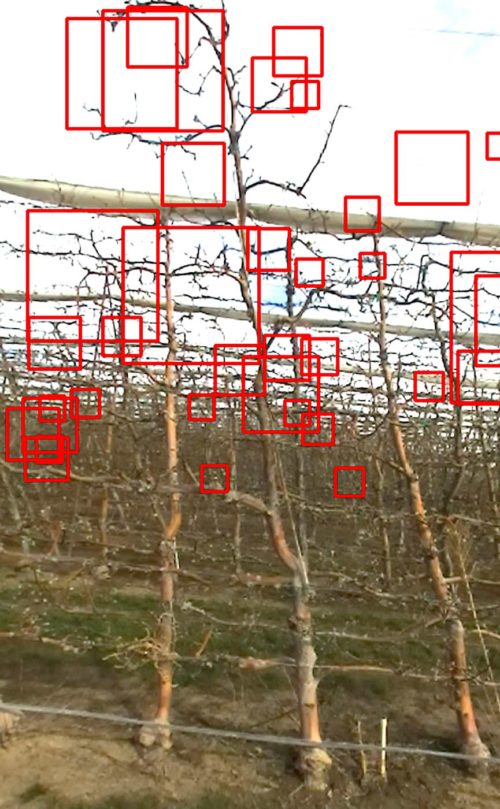Growers and field reps throughout the region have been noticing issues with seed maggots. Similar to root maggots, these are the immature form of a certain type of fly (Diptera: Anthomyiidae: Delia spp.).
There are three species, in particular, that can be devastating in vegetable crops. The first, cabbage maggot (D. radicum) is well-known and tends to infest brassicas only. Use this link for more info on cabbage maggot.
“Seedcorn maggot” is the common name for what is actually a complex of two species – D. platura and D. florilega. “Bean seed fly” is another commonly used name for adults. These two species are remarkably similar, both as larvae and adults. For adult flies, color is variable and one must examine leg hair length and placement. Maggots are indistinguishable, even by experts.




Complaints so far have come from parsnip and snap bean fields, but dry beans, corn, peas, and squash growers should take note. If emergence is low, scout 2-ft row sections. Look for damage to seeds and white, tapered maggots. Maggots are legless and have a blunt posterior.
Learn More About Seedcorn Maggot:
- PNW Handbook Sections
- Related blog post (Jan 25, 2021) – aka all about maggots on one page with link to a video by Dr. Nault, a SCM expert
- Related blog post (May 18th, 2018)
- PHOTOS ABOVE ADAPTED FROM: Savage, J., Fortier, A-M., Fournier, F., Bellavance, V. 2016. Identification of Delia pest species (Diptera: Anthomyiidae) in cultivated crucifers and other vegetable crops in Canada. Canadian Journal of Arthropod Identification No. 29: June 29, 2016. doi:10.3752/cjai.2016.29
- Brooks, A. R. 1951. Identification of the Root Maggots (Diptera: Anthomyiidae) Attacking Cruciferous Garden Crops in Canada, with Notes on Biology and Control. Can. Entomol. 83(5): 109-120.
- Higley, L. G. and L. P. Pedigo. 1984. Seedcorn Maggot (Diptera: Anthomyiidae) Population Biology and Aestivation in Central Iowa. Environmental Entomology. 13(5):1436-1442.
 We saw, for the first time this season, some western striped cucumber beetle (Acalymma trivittatum) activity on both both weedy volunteer and cropped cucurbits.
We saw, for the first time this season, some western striped cucumber beetle (Acalymma trivittatum) activity on both both weedy volunteer and cropped cucurbits.




